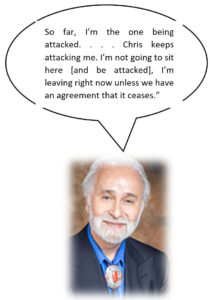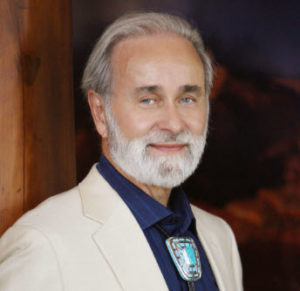Report also indicates $9.1 million spent so far on student support
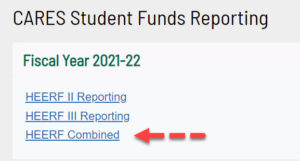 It appears from a report prepared and posted on its website that Yavapai Community College has received $12.6 million in grant support from the Federal Government under the CASES Act. (Click here to go to Community College site.) The report also indicates that it has so far spent about $9.1 million on student support.
It appears from a report prepared and posted on its website that Yavapai Community College has received $12.6 million in grant support from the Federal Government under the CASES Act. (Click here to go to Community College site.) The report also indicates that it has so far spent about $9.1 million on student support.
The grant requires that at least 50% of the CARES assistance be in the form of emergency financial aid grants to students. The Community College appears to have easily exceeded that requirement.
The report notes that in order to qualify for CARES assistance, a student must meet the following criteria: First, the applicant must be a Yavapai College student. Second the applicant must have expenses or loss of income due to the Coronavirus.
The report prepared by the Community College covers four quarters. A copy of the grant CARES Act analysis appears below. You may see this chart and additional data by going to the Community College website. The chart below is the HEERF (CARES ACT) combined report.
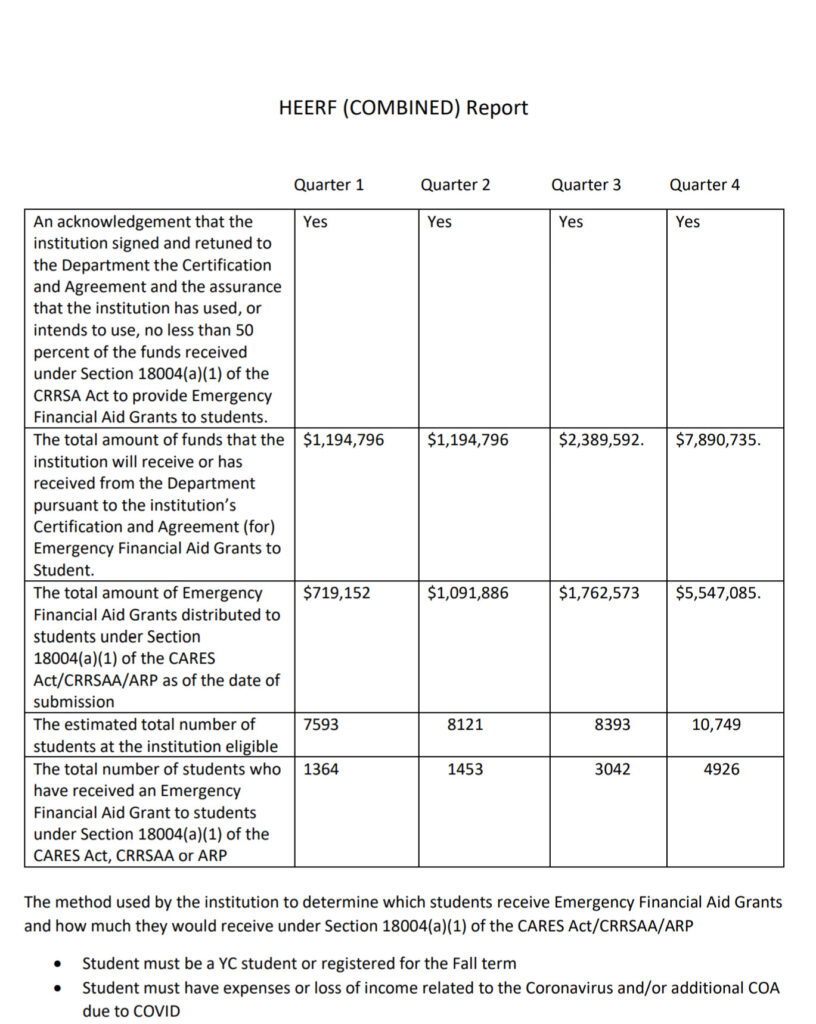
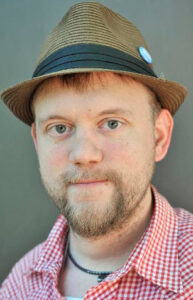
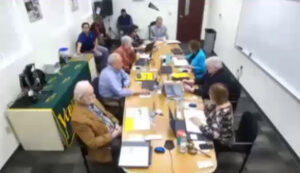 The November 16 Yavapai Community College District Governing Board meeting found time to listen to a grievance by Board member Ray Sigafoos about those persons who refer to the institution as “Yavapai Community College.” Rather than “Yavapai College.”
The November 16 Yavapai Community College District Governing Board meeting found time to listen to a grievance by Board member Ray Sigafoos about those persons who refer to the institution as “Yavapai Community College.” Rather than “Yavapai College.” 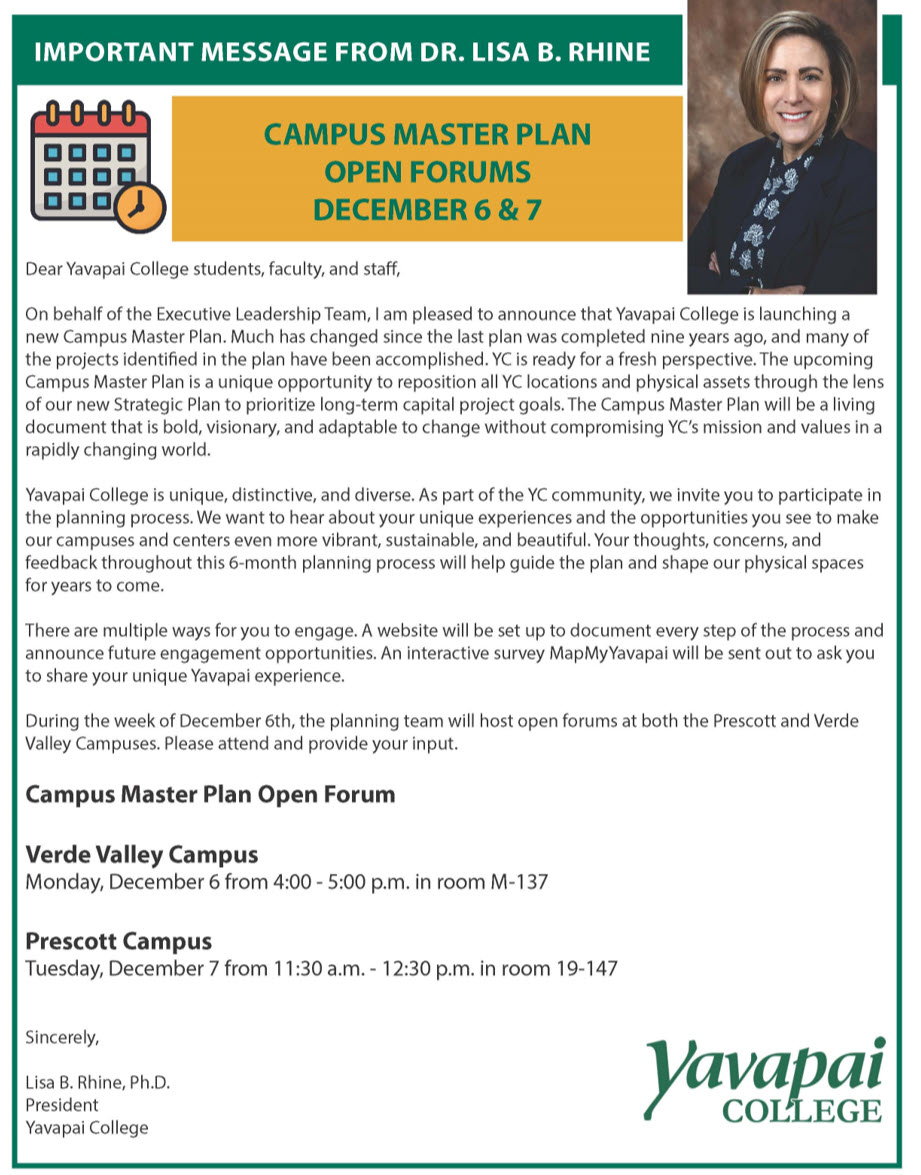
 Yavapai Community College has been named a finalist for the prestigious National Bellwether award. The award focuses on cutting-edge, trendsetting programs worthy of replication. The Community College made the announcement in a press release authored by Tyler Rumsey on November 9.
Yavapai Community College has been named a finalist for the prestigious National Bellwether award. The award focuses on cutting-edge, trendsetting programs worthy of replication. The Community College made the announcement in a press release authored by Tyler Rumsey on November 9. 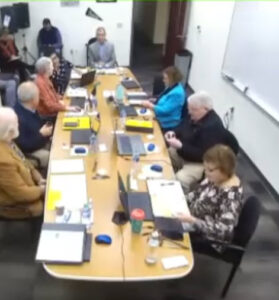
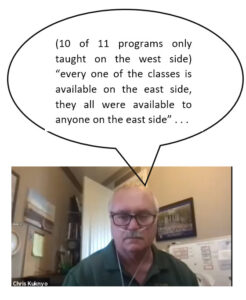 Fourth District Governing Board representative Chris Kuknyo appeared emotional as he accused Chevalier of “grilling” Dr. Ralston. According to Kuknyo, Dr. Ralston underwent a grilling “by the guy who always grills about the Verde Valley.” Kuknyo opined that Ralston was taken “by surprise” by Chavlier and exclaimed that it was “embarrassing on my part to watch.” Kuknyo also said, among other things, that Dr. Ralston should have avoided answering Mr. Chevalier’s simple questions by declaring that “every one of the classes is available on the east side, they all were available to anyone on the east side.”
Fourth District Governing Board representative Chris Kuknyo appeared emotional as he accused Chevalier of “grilling” Dr. Ralston. According to Kuknyo, Dr. Ralston underwent a grilling “by the guy who always grills about the Verde Valley.” Kuknyo opined that Ralston was taken “by surprise” by Chavlier and exclaimed that it was “embarrassing on my part to watch.” Kuknyo also said, among other things, that Dr. Ralston should have avoided answering Mr. Chevalier’s simple questions by declaring that “every one of the classes is available on the east side, they all were available to anyone on the east side.”